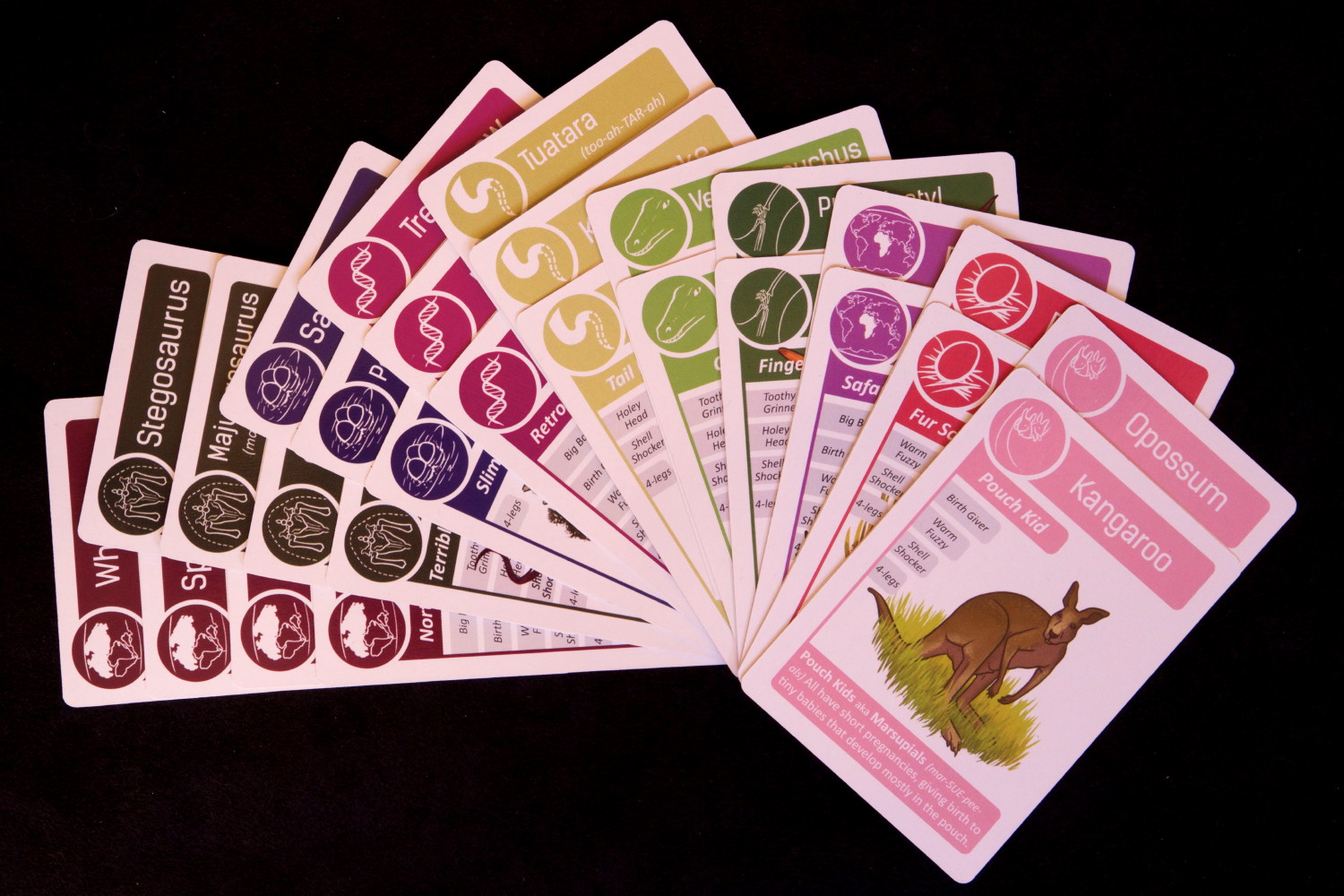
Evolutionary trees communicate both the diversity and unity of life, a central and important scientific concept, as highlighted by the Vision and Change undergraduate biology education movement. Evolutionary trees and cladograms are diagrams viewed by biologists as Rosetta Stone-like in how well they convey an enormous amount of information with clarity and precision. However, the majority of undergraduates in introductory biology courses find the non-linear diagram confusing and do not immediately understand the tree-thinking central to interpreting the evolutionary tree’s branching structure. Go Extinct! is an original board game featuring land vertebrates (i.e., amphibians, mammals, birds and reptiles) and it is designed to engage students in reading this evolutionary tree. Go Extinct! won the Society for the Study of Evolution’s Huxley Award for outstanding outreach achievements in recognition for how the gameplay itself incentivizes students to identify clades and common ancestors on a stylized tree. The game can be completed in about 30 minutes, which allows instructors time to give follow-up activity sheets that help students transfer their new ability to read a stylized tree into the ability to read more traditional-looking trees found in textbooks and the literature. Overall, teaching the game, playing the game, and completing the follow-up transfer activity can be completed in a 50-minute section. Each game can serve up to 6 students, which means 3 games can cover a section of 18 students. Go Extinct! provides a fun and effective learning experience that students will remember and may even request to play again.
Primary Image: Biologists play Go Extinct! Students who play Go Extinct! gain a mastery of reading an evolutionary tree or cladogram. The winning strategy depends on identifying common ancestors of animal cards in your hand. Photo taken by the author.